FS Colour Series: Cedar Green Inspired by Chaim Soutine’s Regenerative Power
Expressionist artist Chaim Soutine made meaty, muscular paintings loaded with great slabs and strokes of paint; they twist, curl and contort across his canvases in an endless state of flux. Like many artists of the early 20th century Soutine painted a heightened, exaggerated version of the real world, one lit up by iridescent colours and violently subversive passages of paint. Glowing, golden shades like CEDAR GREEN light up many of his most celebrated works of art, particularly his landscapes, filling them with the energising and regenerative power of nature.
Soutine made his name in early 20th century Europe, but he grew up somewhere much further away, in a small Jewish settlement in Smilavichy near Minsk, present-day Belarus. Born in 1893, Soutine was one of 11 children in a poor family of Russian-born Jews. Times were hard growing up and there was little freedom for artistic expression, but the challenges he faced in youth would become fuel for his future paintings, so filled with existential angst and turmoil.
From 1910 to 1913 Soutine studied at the Vilna Academy of Fine Arts in Minsk. It was here that he was first exposed to avant-garde art, but he showed equal interest in the historical landscapes of Russian painters including Fyodor Alekseev and Ivan Aivazovsky, with their monumental energy and light. When he was 19, Soutine travelled to Paris for the first time, and earned a place to study at the Ecole des Beaux Arts. As a student Soutine was drawn to dark, macabre subjects and the historical paintings he saw in the Louvre by Goya, El Greco and Tintoretto set his imagination alight.
As much as he was drawn to the dark subversion of history painting, Soutine also immersed himself in Parisian avant-garde art circles, and ideas around Post-Impressionism, Cubism and Expressionism bled into his way of thinking about and making art, as he began experimenting with various forms of abstraction. Throughout the 1920s Soutine was endlessly prolific, producing great reams of paintings in an array of subjects that attracted the attention of gallery owners and art buyers. Landscape was a recurring theme – one Soutine would continuously return to over and over because it allowed for a certain kind of expressive freedom of mark-making and colour.
Maisons Aux Toits Pointus, 1920-21 is one of a series painted by Soutine during a visit to Ceret in the French Pyrenees, a popular village which attracted a wide pool of artists with its rustic and unspoilt charm. In Soutine’s hands, the simple village is transformed into a swirling mass of colour with a hallucinatory quality. Houses tilt this way and that, while the tangled wilderness around them flickers and weaves like fiery flames. At their centre is an intense, vibrant shade of earthy green that seems to invoke the almighty powers of nature. Soutine’s great friend, the artist Amadeo Modigliani said when viewing Soutine’s landscapes like this one, “Everything is dancing before my eyes.”
The slightly later Paysage à la Route Montante, 1922 was also painted in Ceret, but this time Soutine zeroes in on the lush fertility of the countryside, pushing the smattering of small houses into the far distance. Several shades of green swarm into and around one another, suggesting the flickering of light and shadow, while a mid-toned- apple green ignites warmth and depth into the leafy, overgrown foliage.
In around 1922 Soutine secured the support of the art dealer Léopold Zborowski, who encouraged Soutine to travel throughout France in search of new subject matter. With Zborowski’s assistance, Soutine travelled to Cagnes in the South of France, where he began soaking up the sun-drenched light of the Cote-d’Azur. Initially, Soutine was overwhelmed by the scenery here, describing it as “too beautiful to paint.” But over time he worked out how to respond to the vivid, intense light in his own contorted, macabre way, painting it in dark, swirling brushstrokes heavily laden with paint. Paysage du Midi, 1922-23 was painted in Cagnes, and we see how Soutine allows a melange of greens to dominate the scene, forming great gusts and plumes of energy as if swept around by tempestuous winds. Cagnes Landscape with Tree, 1925–6 was also made in Cagnes just a few years later, this time set in the small village, with buildings scattered on either side. But their role is peripheral here – it is the great swooping tree in the foreground that dominates the scene, curling upwards and filling the sky with riotous and energising bursts of blooming green.





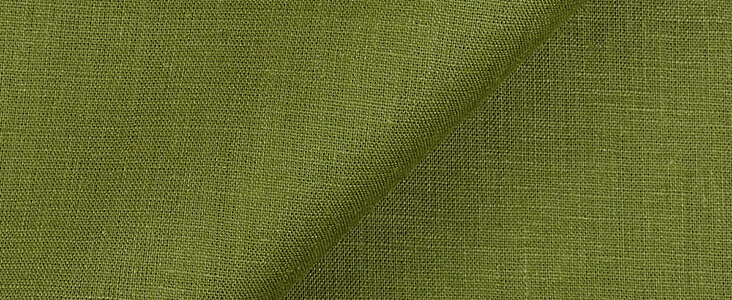

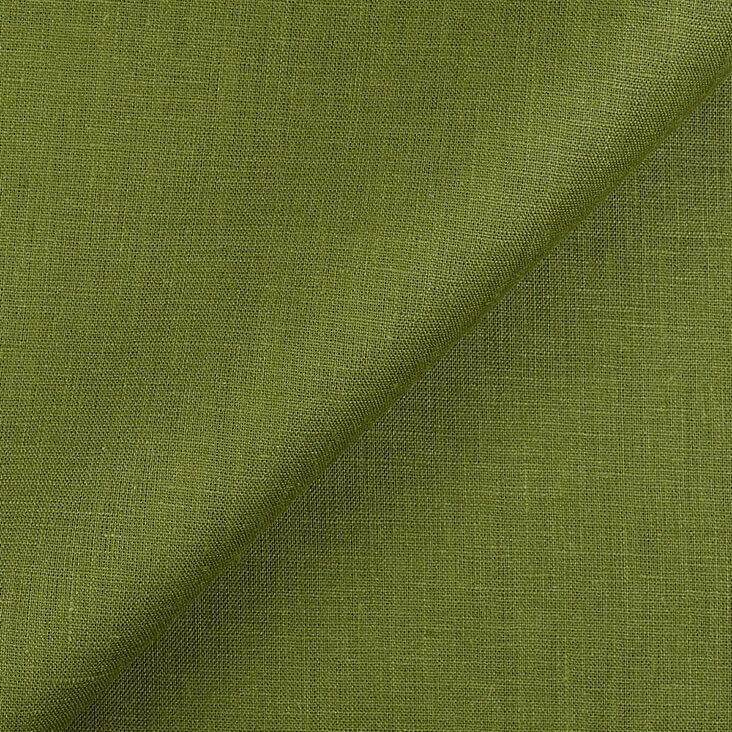
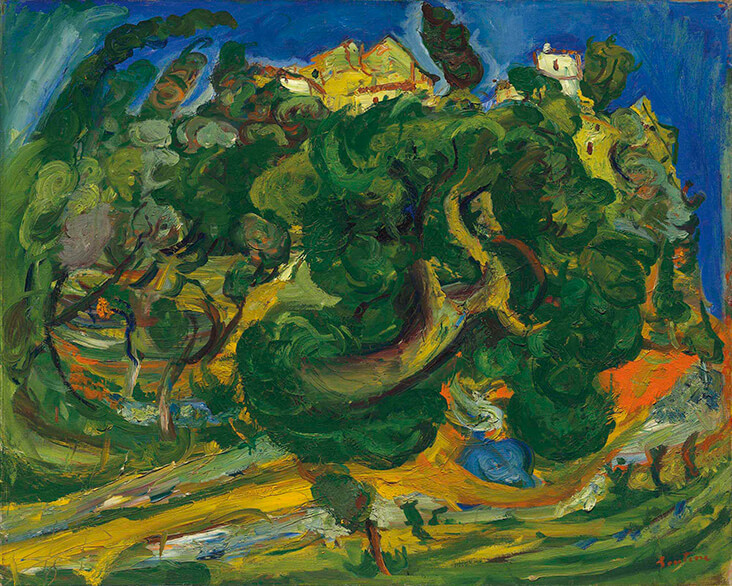
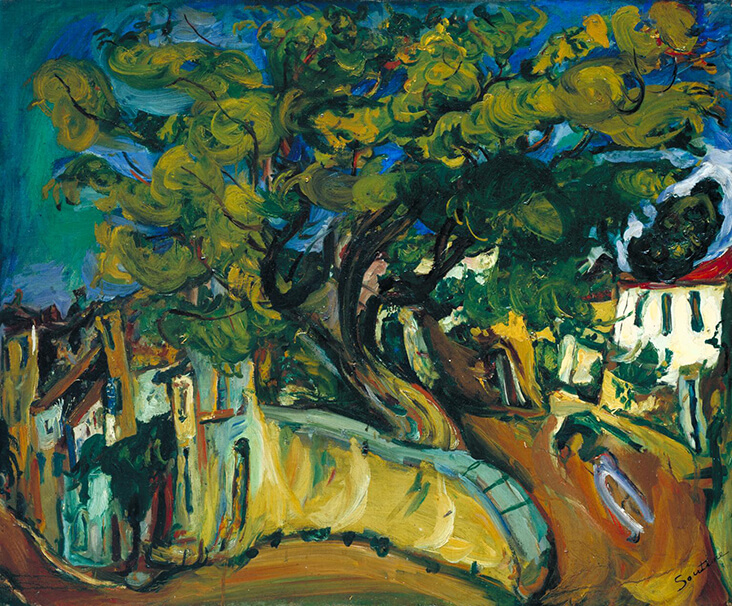
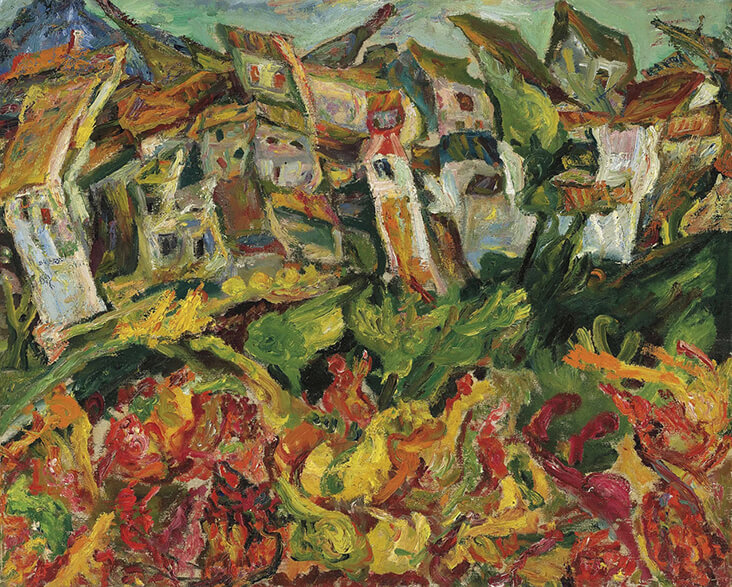
















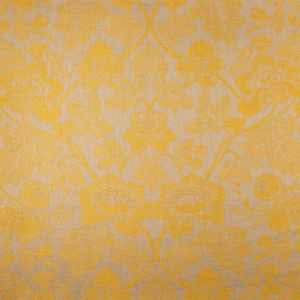
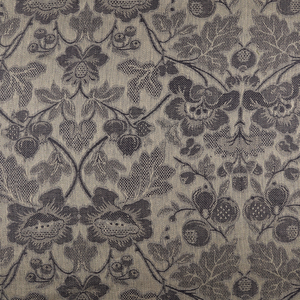
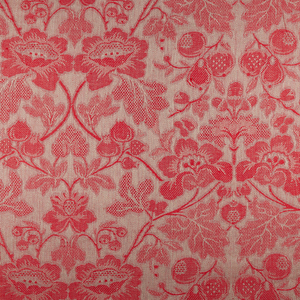
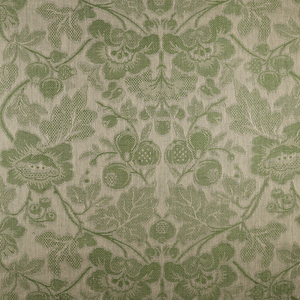
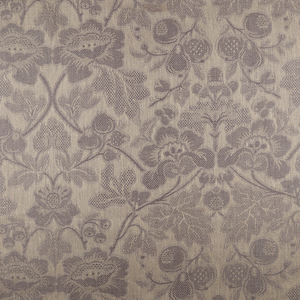
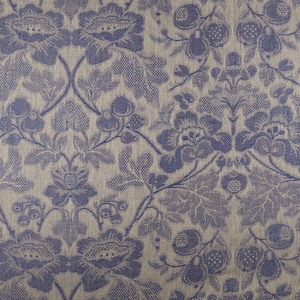
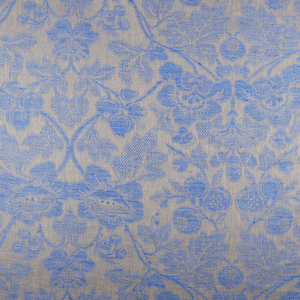
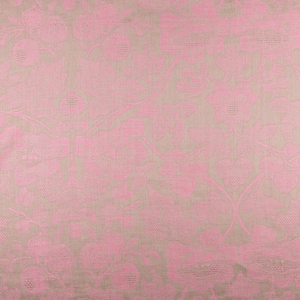


















Leave a comment